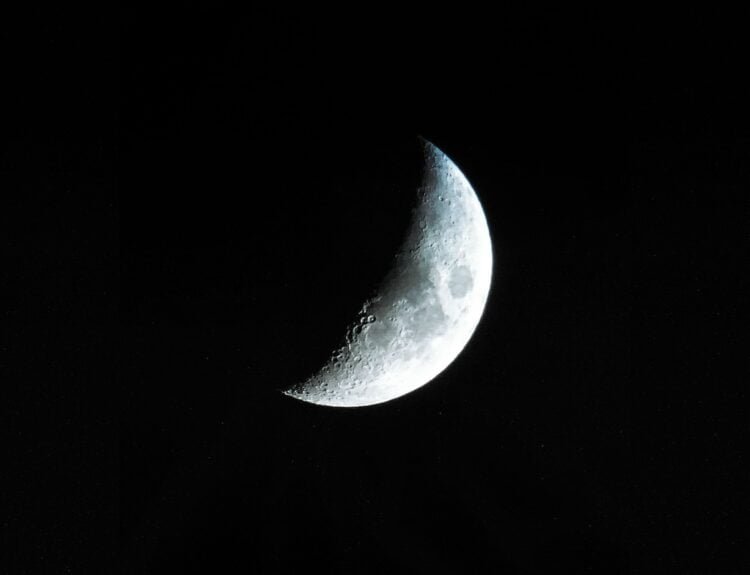India has recently made history with its successful mission to the moon. The Indian Space Research Organisation (ISRO) launched the Chandrayaan-2 spacecraft on July 22, 2019, from the Satish Dhawan Space Centre in Sriharikota. The mission aimed to explore the uncharted lunar south pole region and make India the fourth country to successfully land on the moon.
After a journey of around 384,400 kilometers, the Chandrayaan-2 spacecraft entered the lunar orbit on August 20, 2019. This significant achievement made India only the fourth country to have a successful lunar insertion. The spacecraft carried an orbiter, a lander named Vikram, and a rover named Pragyan.
The lander Vikram was scheduled to make a soft landing near the lunar south pole on September 7, 2019. However, during the descent, communication with the lander was lost, and it crash-landed on the moon’s surface. Despite this setback, the mission has still been considered a major milestone for India’s space exploration efforts.
The Chandrayaan-2 mission had several scientific objectives. It aimed to study the lunar surface and gather data on the moon’s mineral composition, topography, and exosphere. The orbiter will continue to orbit the moon and provide valuable information about the lunar environment.
This mission has put India at the forefront of space exploration and has demonstrated the country’s technological capabilities. It has also inspired a new generation of scientists and engineers in India. The success of the Chandrayaan-2 mission has opened up new possibilities for future lunar missions and has positioned India as a key player in the global space race.






